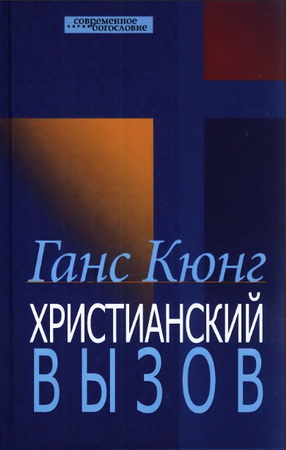
Ancient Education and Early Christianity
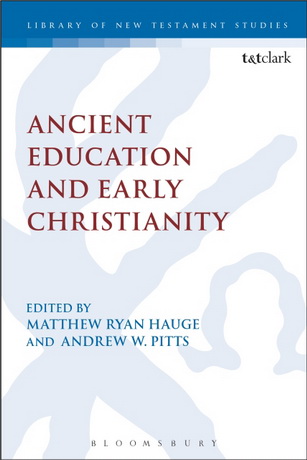
It has long been recognized that the Didache was used in ancient times for the instruction of new converts and/or baptismal candidates. Eusebius and Athanasius referred to this use of a book with a similar name before the rediscovery of its ancient text in what is called the Jerusalem Codex (Hierosolymitanus 54). When Bryennios published the manuscript in 1883, the reference in 7.1 made such catechetical use evident:
After you have reviewed all these things, baptize in the name of the Father and of the Son and of the Holy Spirit in running water.’ These words indicate that the first five or possibly six chapters were used in the original Didache communities for pre-baptismal catechetical instruction, and continued to do so until at least the end of the fourth century, according to the testimony of Alexandrian fathers.
Ancient Education and Early Christianity
Edited by Matthew Ryan Hauge and Andrew W. Pitts
BLOOMSBURY, T&T CLARK Publishing Plc 2016 - 225
ISBN: HB: 978-0-56766-027-5
Ancient Education and Early Christianity – Contents
Abbreviations
Contributors
- 1. Ancient Education and Early Christianity, Matthew Ryan Hauge and Andrew W. Pitts
Part One: Educational Contexts and Settings
- 2. The Torah Versus Homer: Jewish and Greco-Roman Education in Late Roman Palestine Catherine Hezser
- 3. Exodus from the Cave: Moses as Platonic Educator Craig Evan Anderson
- 4. Observing a Teacher of Progymnasmata Ronald F. Hock
- 5. The Seven Sages, The Delphic Canon and Ethical Education in Antiquity James R. Harrison
Part Two: Early Christian Appropriations
- 6. Fabulous Parables: The Storytelling Tradition in the Synoptic Gospels Matthew Ryan Hauge
- 7. The Origins of Greek Mimesis and the Gospel of Mark: Genre as a Potential Constraint in Assessing Markan Imitation Andrew W. Pittsviii Contents
- 8. Luke and Progymnasmata: Rhetorical Handbooks, Rhetorical Sophistication and Genre Selection Sean A. Adams
- 9. Luke’s Antetextuality in Light of Ancient Rhetorical Education Dennis R. MacDonald
- 10. A School of Paul? The Use of Pauline Texts in Early Christian Schooltext Papyri Jennifer R. Strawbridge
- 11. How Did the ‘Teaching’ Teach? The Didache as Catechesis William Varner
Index
Ancient Education and Early Christianity - The Torah Versus Homer: Jewish and GrecoRoman Education in Late Roman Palestine, Catherine Hezser
When discussing the types of education available to Jews in late Roman Palestine, one needs to take the provincial context into account: Jews who lived in Roman Palestine were Roman subjects who reacted to the experience of Roman imperialism in different ways, depending on their socio-economic status, geographical location and religious persuasion. A variety of attitudes towards Roman culture and Hellenistic forms of education would have existed among the Jewish population, or at least among those for whom these issues were relevant: the large majority of Jews, especially those who lived in the rural areas of the Galilee, would not have had sufficient leisure time and money to engage in any type of learning besides the practical skills needed for subsistence farming and small-scale business.
We may assume that those interested in any type of literary education would have been either religiously devout Jews who valued Torah study, Jews of the upper strata of society who aspired to participate in the elite culture of the Roman Empire, or more or less Hellenized Jews who tried to combine local traditions with a broader outlook, similar to Josephus in the first century. We probably have to reckon with a range of combinations among these groups, of which the Greco-Roman impact on rabbinic learning and the patriarchal family’s combination of Jewish and Greek learning can be considered points on a scale.
What is clear, though, is that the type of Jewish education reflected in rabbinic literature and promoted by rabbis would have constituted an ‘indigenous’ type of education, based on local traditions, which competed with Hellenistic and Roman paideia, at least in cities in which both types of learning were available. The rabbinically defined Jewish education, geared at males only and focused on Torah reading skills, constituted a local alternative to the empire-wide focus on Homer and Virgil, that constituted the core of a Hellenistic and Roman education in antiquity. The Jewish education advertised by rabbis was meant to instil a particularly Jewish religious and ethnic identity, in contrast to the ‘international’ Hellenistic culture with which provincial elites were eager to familiarize themselves. Owing to the lack of what is nowadays known as ‘intercultural education’ in antiquity, these two types of education would have been likely to clash with each other, especially as far as their content was concerned. But they were not mutually exclusive: in fact, one could argue that a combination of both was necessary for Jews to accommodate themselves with the hybrid cultural environment of late Roman and early Byzantine Palestine.
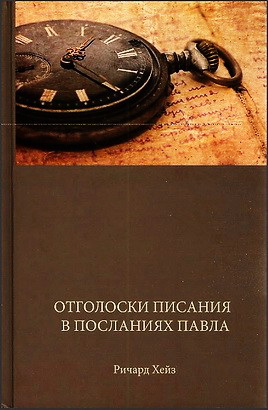
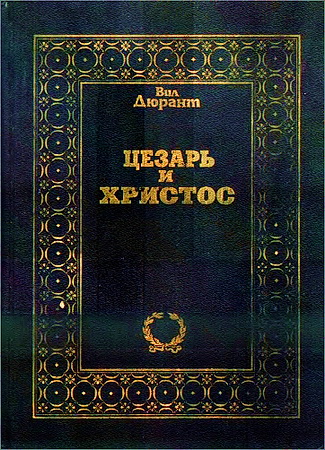
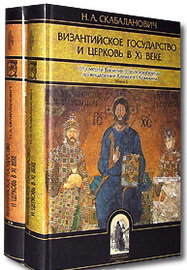
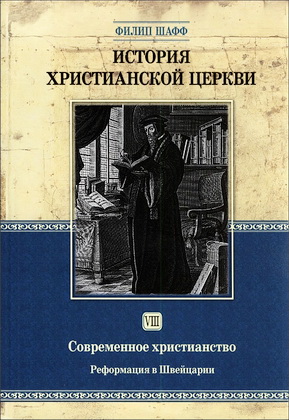
Комментарии
Пока нет комментариев. Будьте первым!